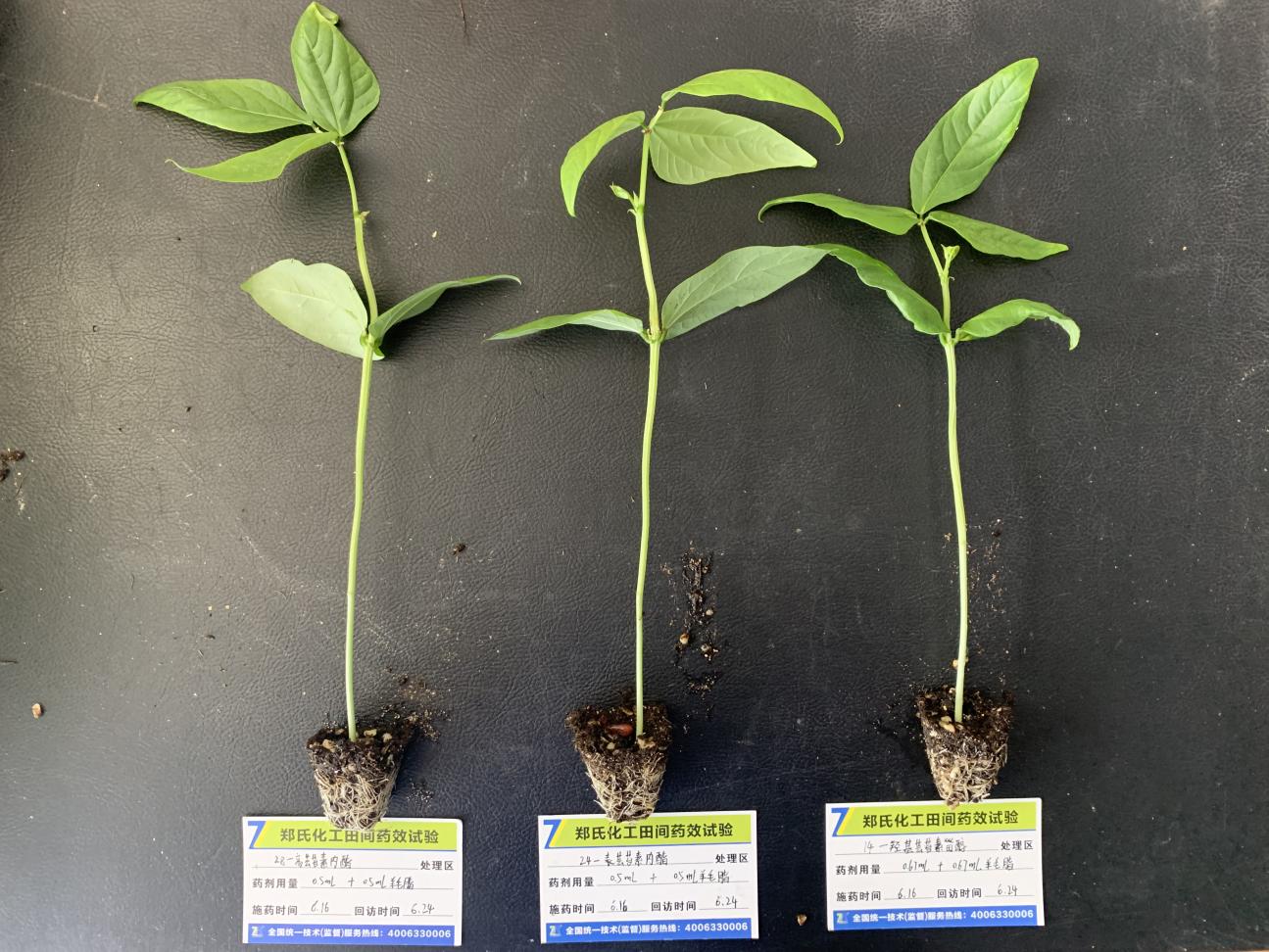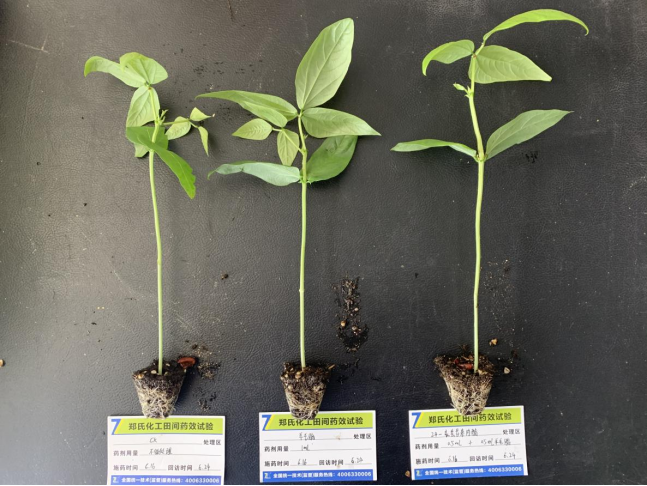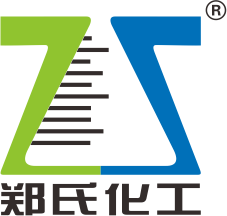28-homobrassinolide Activity Determination
Time:
2022-10-30
Brassinolide is known as the sixth category of plant growth regulators, which can improve crop resistance, promote crop growth, improve crop quality and increase seed setting rate. More than 70 kinds of brassinolides had been found since it was extracted from rape pollen in 1970,. The activities of different analogues are different. It is of great significance to analyze and compare the effects of each analogue on different crops. Among them, 28-epihomobrassinolide, 24-epibrassinolide, 28-homobrassinolide and 22,23,24-mixed epibrassinolide have similar structure and high activity.
Brassinolide has a large number of registrations on different types of crops. Among the agents with the registration name containing brassinolide, the top three in the number of registrations are 24-epibrassinolide, 14-hydroxybrassinosteroid, 24-epibrassinolide- triepibrassinolide, while 28-epibrassinolide and 28-homobrassinolide are rarely registered.
Therefore, we selected the common 24-epibrassinolide and 14-hydroxybrassinolides on the market, and compared the activity of 28-homobrassinolide by the method of ' promoting the elongation of the second internode of bean '.
28-homobrassinolide Activity Determination
Test time and place: June 16, 2021, Henan Crop Chemical Control Engineering Technology Research Center
Crop variety: Beans (cowpeas)
Tested products: 28-homobrassinolide, 24-epibrassinolide, 14-Hydroxybrassinosterol
Test method: Different structures of brassinolide and the same dose of lanolin 1 : 1 mixed evenly, applied to the second internode of cowpea seedlings growing point, 3-5 days later, observe and measure the length of the second internode of cowpea, by comparing the amount of elongation of the second internode to determine the activity of different structures of brassinolide.
Test results: compared with the control group without any treatment, 28-homobrassinolide and 24-epibrassinolide could significantly promote the elongation of the second internode of the beans, and the effect of 28-homobrassinolide was better than that of 24-epibrassinolide. 14-hydroxy brassinosteroid had the weakest effect on promoting internode elongation.
Table 1 Elongation of second internode of cowpea after 5 days of different treatments
|
Treatment |
Control |
28-homobrassinolide |
24-epibrassinolide |
4-hydroxy brassinosteroid |
lanolin |
|
elongation |
1.02±0.23 |
2.55±0.31 |
2.15±0.36 |
1.87±0.27 |
0.94±0.19 |

Fig.1 Comparison of cowpea internode elongation of different structure brassinolide

Fig. 2 Comparison of internode elongation of cowpea between control and 14 - hydroxy brassinosteroid

Fig. 3 Comparison of cowpea internode elongation between control and 24-epibrassinolide

Fig. 4 Comparison of cowpea internode elongation between control and 28-homobrassinolide
Different structures of brassinolide have different activities. The activity of 28-homobrassinolide is equivalent to 87 % of the activity of natural brassinolide, but it must be used in a reasonable concentration range. According to the appropriate use technology for different crops, the best effect can be achieved; higher yield and better quality can be obtained.



